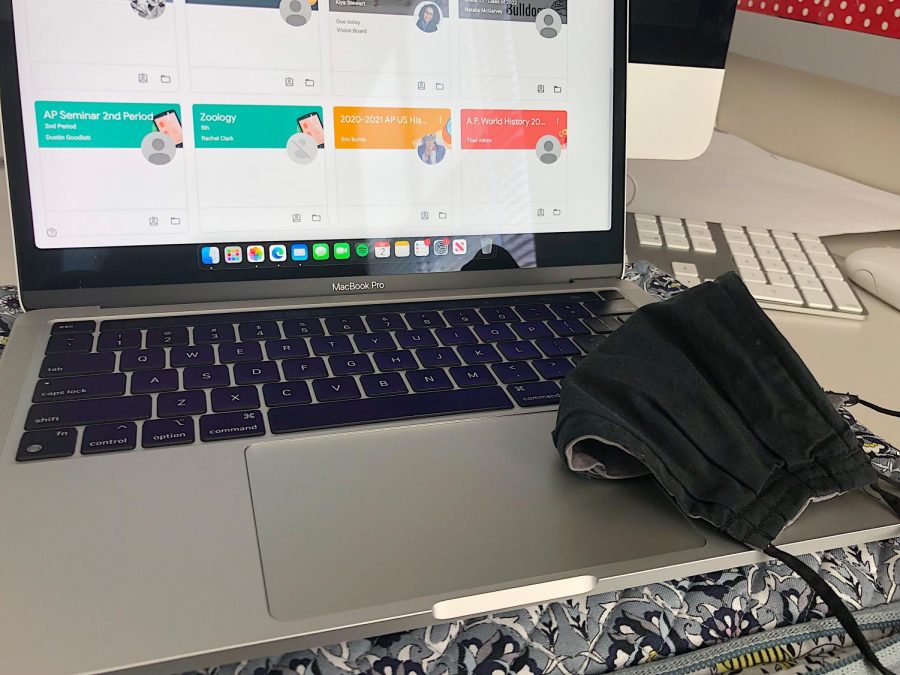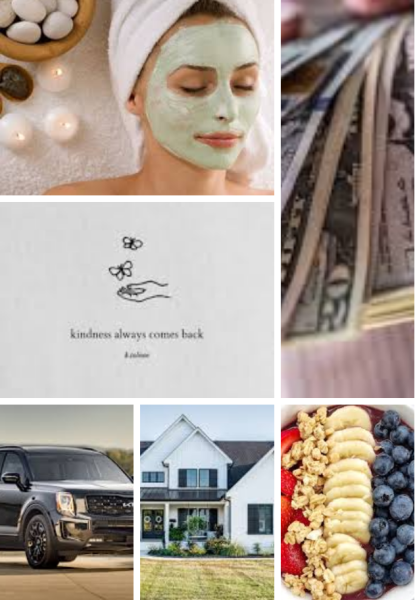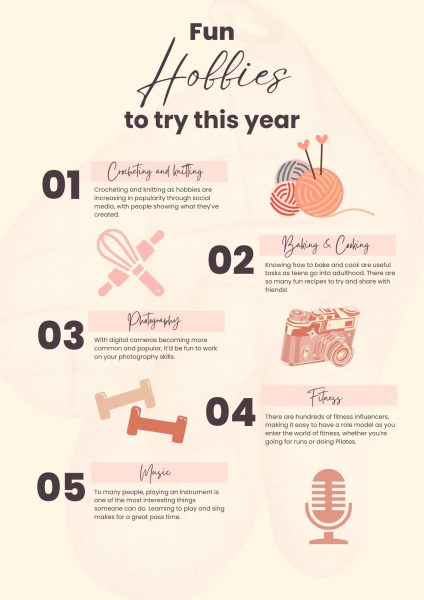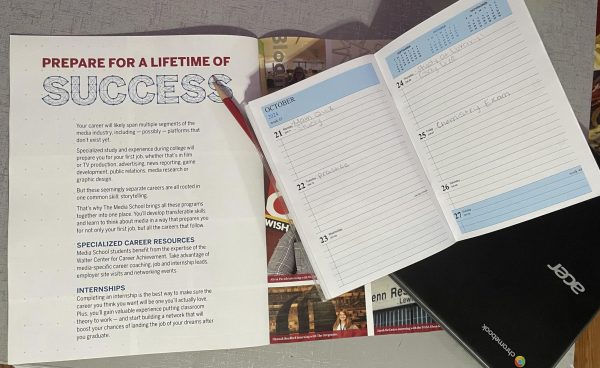Virtual vs Physical: This Year’s Perspective
With so much going on, it was hard to maintain academic stability last year. The physical and virtual options created different experiences for students, although they may be more alike than one might first think.
NAFCS students started the 2020-21 school year being offered a hybrid schedule for students wanting to return to school after all the eLearning during the spring of 2020. Half of the students would go in on Monday and Thursdays, while the other half would go in Tuesdays and Fridays, with an all-virtual day every Wednesday. However, some took advantage of an opportunity to go in all four days. Junior Caydence Johnson was one of them.
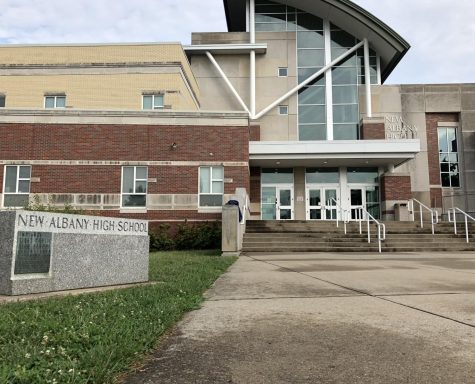
“I went in every day because the week before school started, I lost my dad to cancer,” Johnson said. “I also have a lot of trouble comprehending online learning, my ability to focus on a computer all day was a struggle and my grades were slipping. With grief and trying to balance my mental health and grades, I talked to my counselor and was able to attend the four-day weeks.”
For every student who went in all four days, there were just as many, if not more, people on the other side of the spectrum who stayed virtual all year and never set foot in the building.
“I stayed home because I was afraid to get sick,” Senior Zoe Jones said. “But also because I thought it would be fun, which ended up not being the case with me almost failing half of my classes.”
For these students, coming back to school for the first time in a year and a half was definitely a unique experience.
“It was refreshing to see everyone again and be back in the public setting but the masks give a dull and almost eerie feeling,” Jones said.
Now that students are a year removed from it all, it’s easier to reflect on what it was like.
“It was really weird, honestly,” Johnson said. “Some people you’d see one day and the next [day] you wouldn’t. Your class would either be semi-full or basically empty and the social distancing made it to where you barely really talked to anyone since you were so far apart. Having that day off in between everything kinda sucked just cause it would get me personally out of the habit of that traditional learning setting.”
Jones says that it felt isolating and structureless. With nothing to keep her focused, she said she often slept through class or wound up doing other things. Even though she was more removed from schooling, which may have at first been perceived as better for her mental health, it was still stressful, sometimes even more so, in her opinion, than it would have been if she was in-person.
“While I didn’t have to take on the physical toll of walking to and from places in a limited amount of time and risking catching the virus, I ultimately put myself in a position where I slept through every class and learned nothing for an entire year which set me far back academically,” Jones said.
Johnson, however, holds the opposite position.
“I’m glad I came into school,” Johnson said. “It helped a lot since I learn better in a traditional setting even if it wasn’t exactly normal.”
With these differences, there were certainly terrible things along the way. For Johnson, the worst part was the uncertainty. Being worried about locking down or needing to quarantine and social distance was especially difficult to deal with, while for Jones the worst part was keeping up with assignments. Being all virtual made it hard to keep up with the constant barrage of work, and created a never ending cycle of stress, which only led to her putting more and more work off. There were good things throughout the year too, though.
“Even though everything was in disarray and stressful, I did take this time to figure out who I truly was as a person,” Jones said. “When you’re stuck between just four walls all day every day with nothing better to do, you become your own best friend and realize things about yourself that you’ve never noticed before. An optimistic outlook would call this ‘much needed alone time’.”
For Johnson, the best part was the more relaxed structure and demeanor.
“With everyone trying to figure out the new mediums, teachers were a lot more understanding of everyone’s situations,” Johnson said.
In addition to being able to reflect on what it was like, it’s also easier to look back on what we could have done better. For Johnson, she would be more disciplined.
“With virtual being an option whenever I could literally just stay home if I didn’t feel like going and still get counted as present,” Johnson said.
Jones used the virtual option in that way as well.
“Not having to leave home made it ridiculously easy to sleep during class which was my first of many mistakes,” Jones said. “I lived too much in the now without any respect for my future and I wish I would’ve cared just a little bit more back then.”
Overall, Covid-19 has overtaken 18 months of many high school students and, in turn, has opened up a new window for change.
“I have motivation to do my best for the first time in a long time,” Jones said. “I make plans rather than on the spot decisions, and overall I take my chance at success more seriously than ever. My goals have become promises that I will determinately work towards more and more as the days come.”
Both Jones and Johnson gave a positive outlook on the situation while also staying positive for the years to come.
“It made me more empathetic and understanding of other people’s situations,” Johnson said. “We were all thrown into the pits of despair, and being through that together definitely put me in other people’s shoes.”


